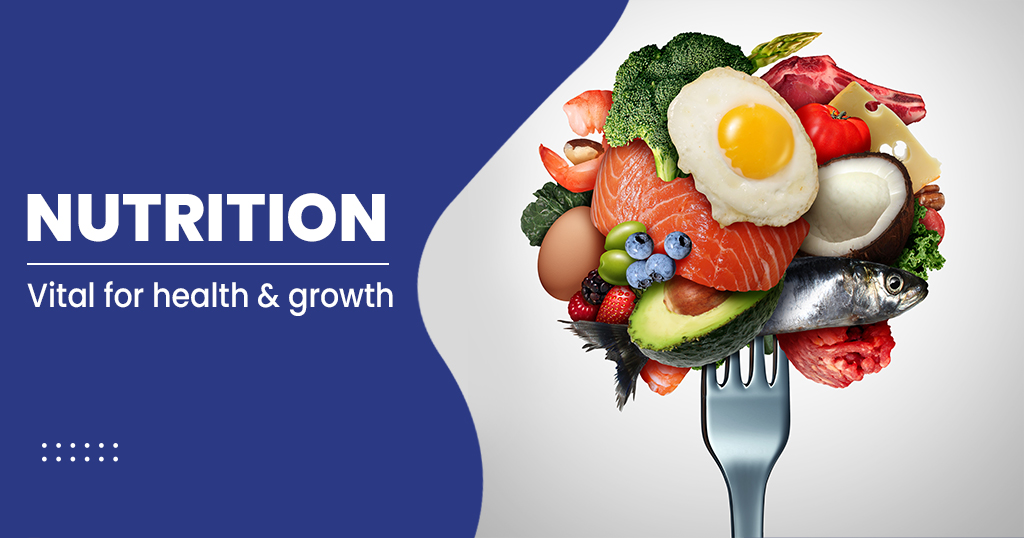Besides containing atoms of carbon, hydrogen, and oxygen, proteins also contain?

What are dipeptides, tripeptides, and polypeptides?
What is the classification of proteins according to their shape?
What are ESSENTIAL amino acids?
How many ESSENTIAL amino acids are there and what are their names?
Indicate at least ONE role of each of the essential amino acids
Leucine: promotes healing of skin and bones Isoleucine: promotes formation of hemoglobin Histidine: promotes production of red and white blood cells, it also absorbs UV light
Valine: Helps the brain to uptake neurotransmitter precursors
Lysine: Aids in the formation of cartilage
Methionine: Lowers high cholesterol levels Phenylalanine: Enhances memory, learning, and alertness
Threonine: Acts as a detoxifier -prevents fat build-up around the liver
Tryptophan: is a precursor of neurotransmitter serotonin, stimulates and releases growth hormones
What are the names of the 10 Non-essential amino acids?
What are the three amino acids that build up the immune system?
Alanine, Ornithine, and Serine
Which amino acid aids in the absorption and elimination of fats?
Which non-essential amino acid is a precursor to manufacture other amino acids as in a needed basis?
Which amino acids are conditionally essential and why?
Arginine: increases secretion of insulin and glucagon, aids in injury rehabilitation, increases sperm count. Is conditionally essential for people with diabetes, people recovering from injuries, and to increase men’s fertility. Cysteine: helps prevent damage from alcohol and smoking abuse. It is conditionally essential for alcoholics and smokers
Tyrosine: is a precursor of dopamine, norepinephrine, epinephrine and therefore elevates mood. It is conditionally essential for people who suffer from depression and mood swings.
What enzymes break down proteins in the process of digestion?
In the stomach: Pepsin
In the small intestine: Proteases
What are the roles of protein in the body?
Roles of Protein in the body:
As structural components of muscles, bones, organs, teeth, blood vessels and tissues.
As Enzymes breaking down macronutrients, ensemble and disassemble lipids, put together amino acids to build proteins, break apart compounds and put together other compounds
As transporters: they specialize in transporting other substances such as lipids, vitamins, and minerals around the body
Regulators of fluid and electrolyte balance contained in the spaces inside the blood vessels, intercellular and intracellular spaces
As regulators of Acid-Base Balance in the blood As Antibodies to defend the body against disease (antigens) As Hormones (chemical messengers carried in the blood) As a source of Energy (4 Kcal/g) As a source of Glucose (breaking down amino acids)
What are the consequences of Protein Deficiency?
Consequences of protein deficiency:
The body breaks down body tissue protein to liberate amino acids it needs for other critical processes The body’s life-sustaining activities come to a halt (slow growth, impaired brain and kidney function, weakened immune system, impaired nutrient absorption It leads to SAM, PEM and clinical expressions Kwashiorkor and Marasmus.
What are the consequences of Protein Excess?
What is the daily intake of protein recommendation?
0.8 grams per kilogram of weight
What dictates the quality of protein?
What type of diet excludes all animal-derived foods and what are the concerns?



